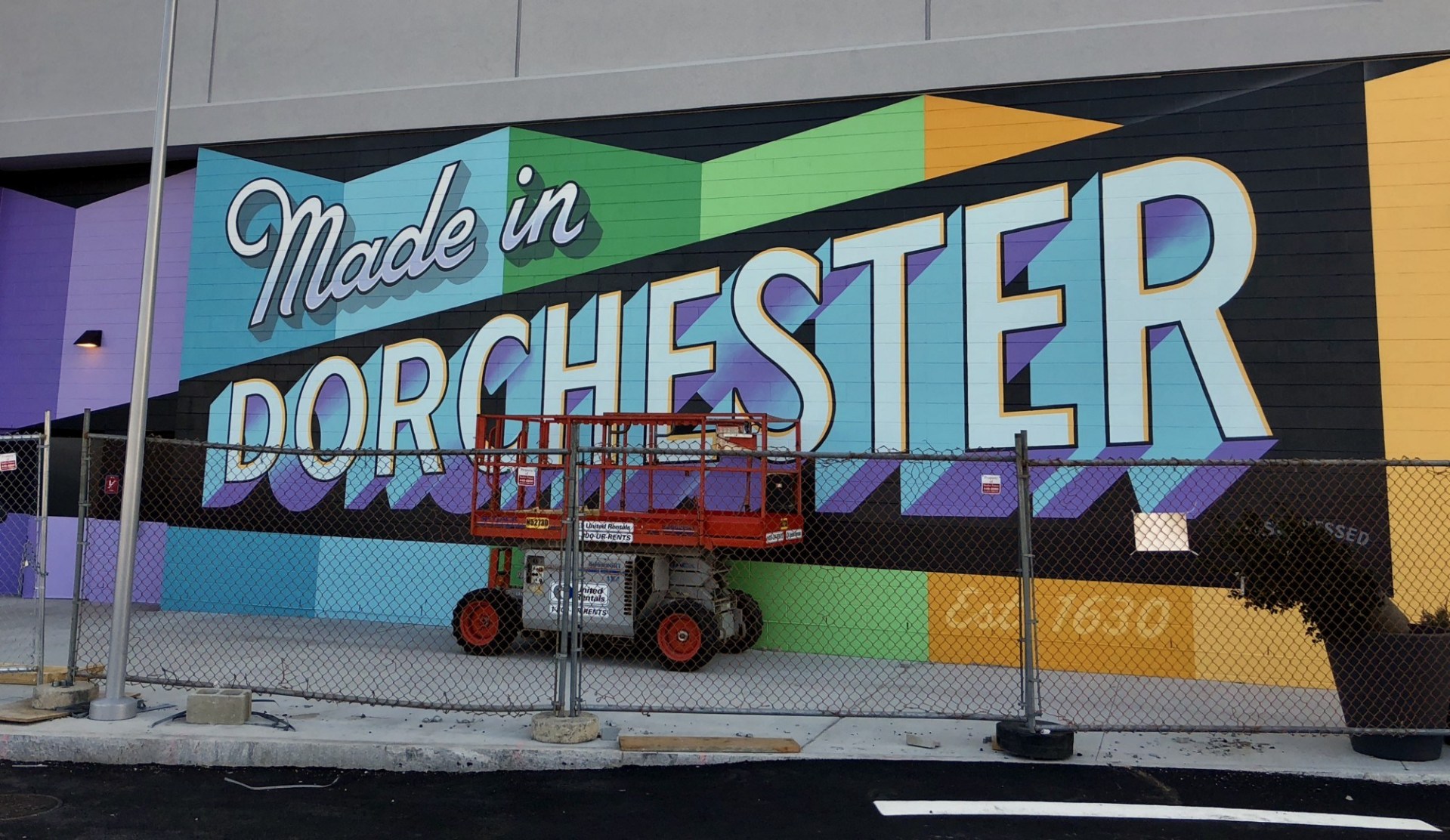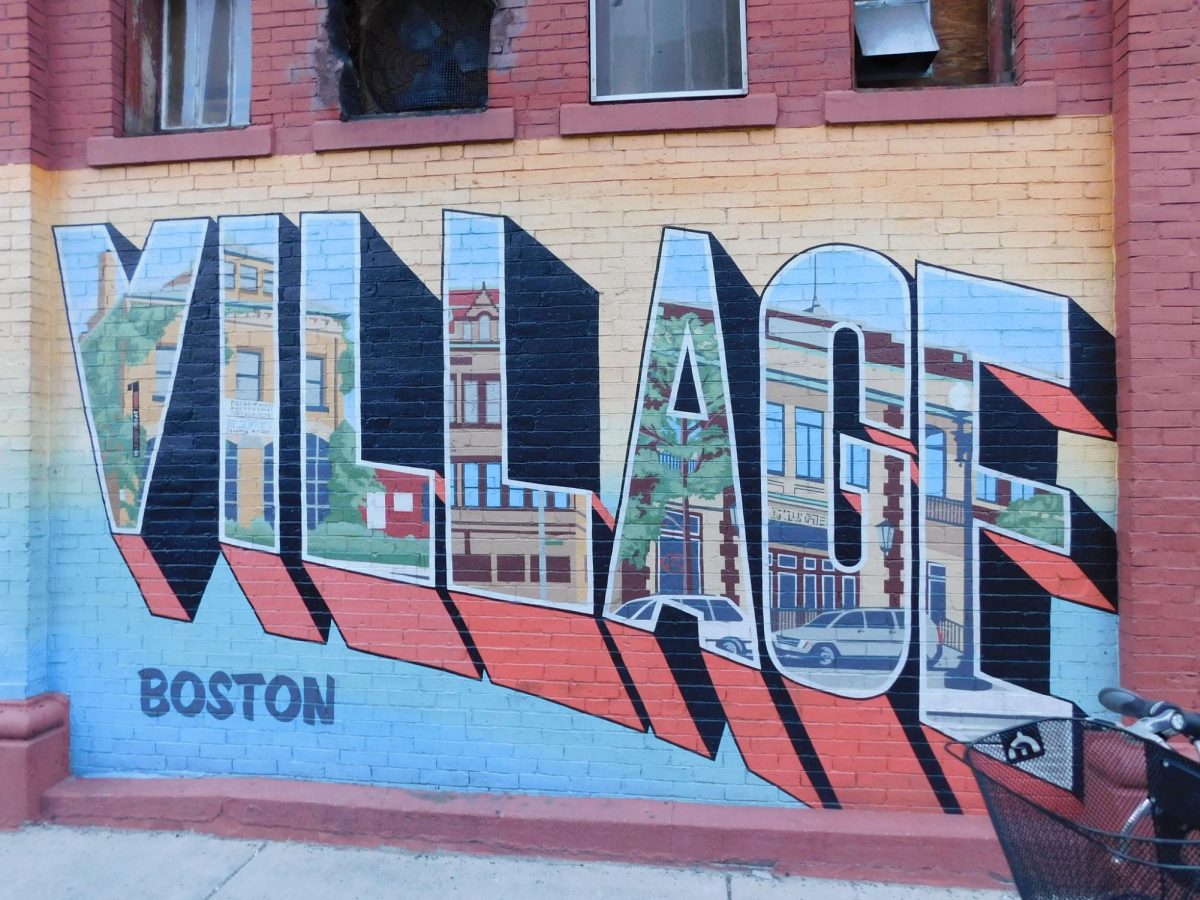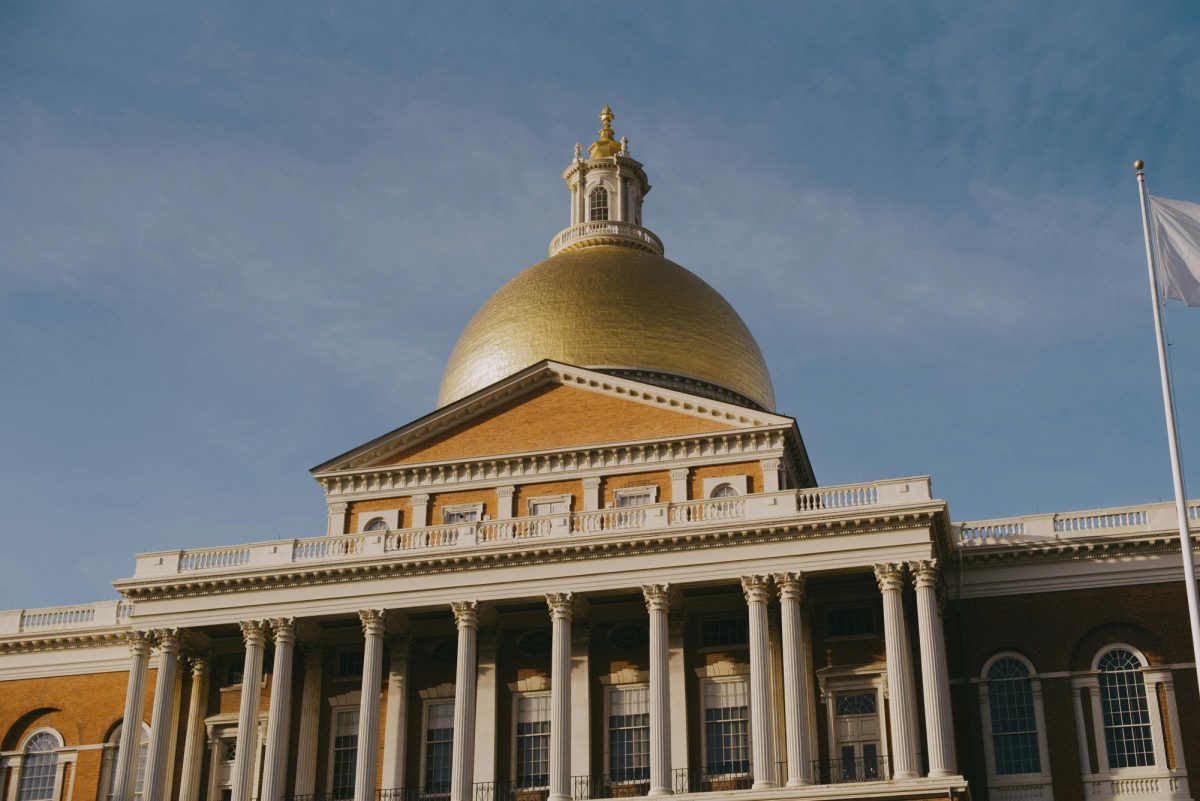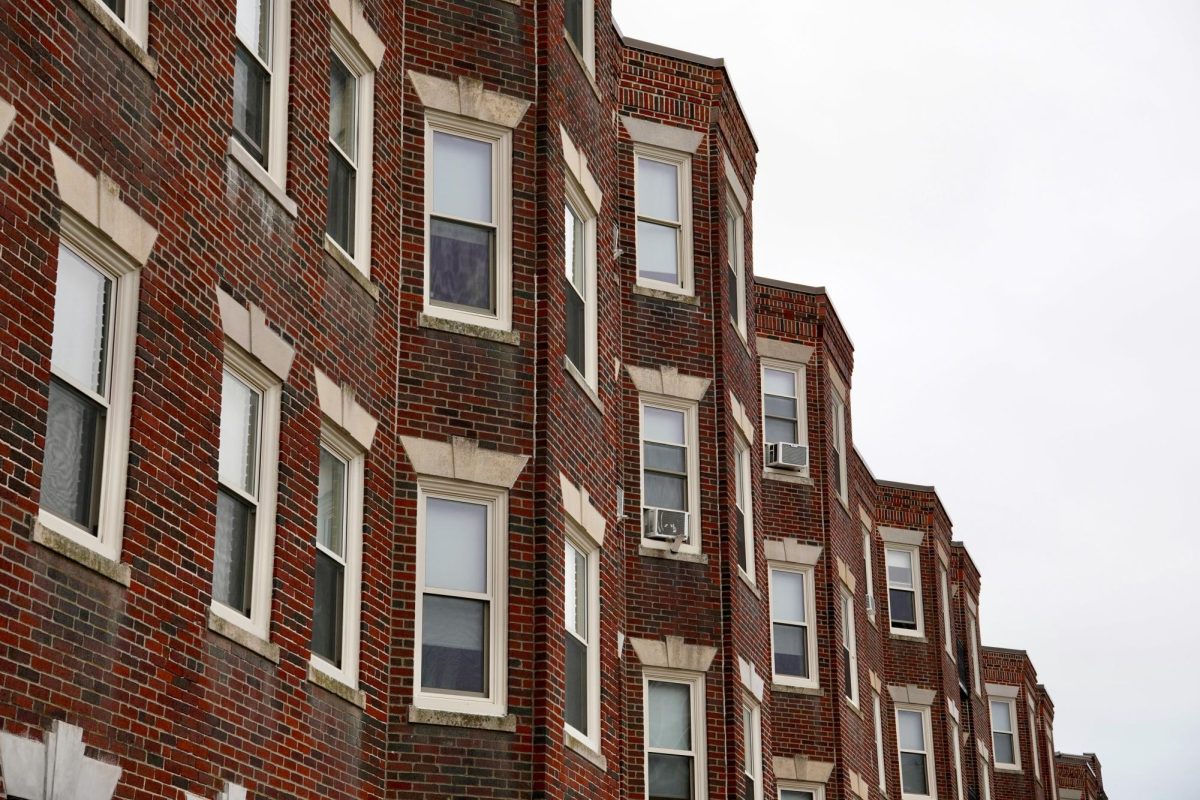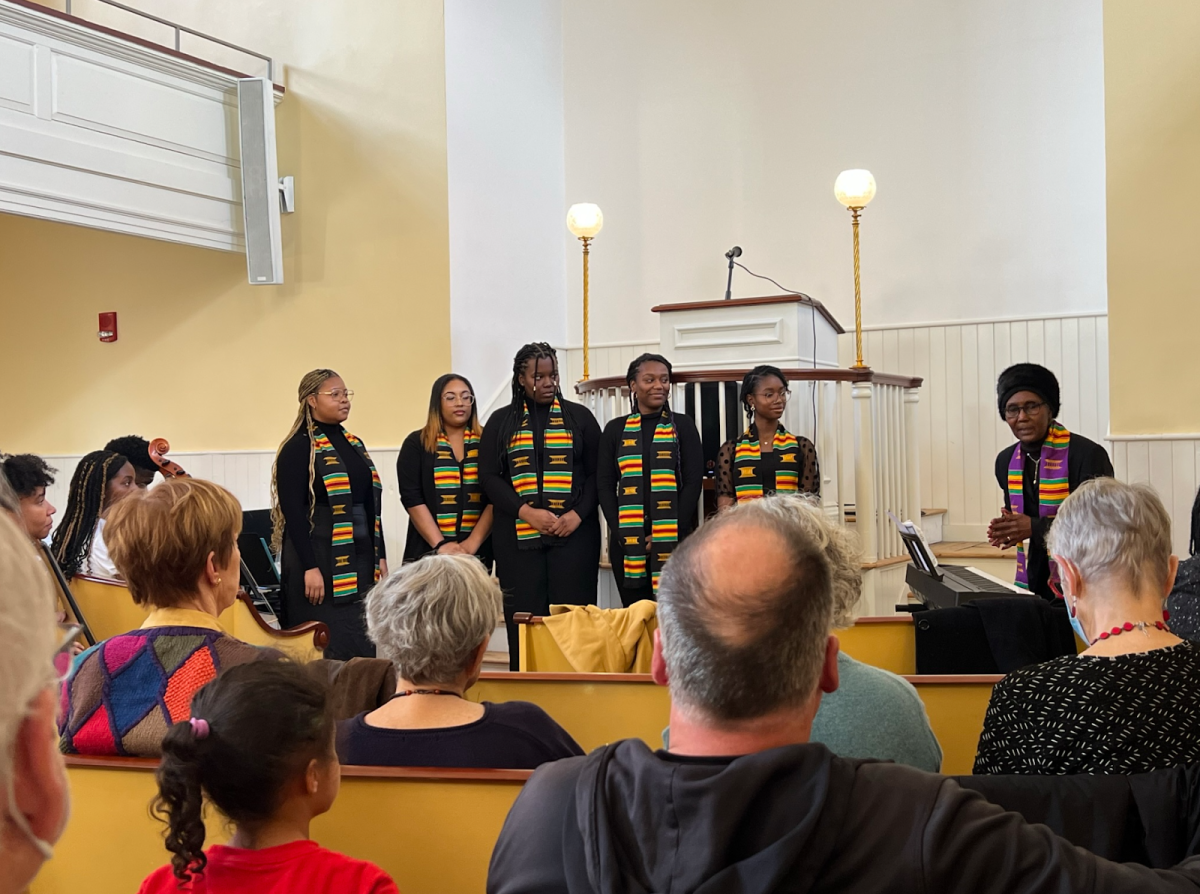By Catherine McGloin
“This area is known as ‘Methadone Mile,'” said local artist Cedric “Vise1” Douglas, as he spray-painted the outer walls of an abandoned junkyard in Boston’s Newmarket neighborhood. “We’re making ‘Methadone Mile’ into ‘Mural Mile.'”
Douglas is the founder of a community art labin Uphams Corner, a commercial district in Dorchester. His latest project in Newmarket, a collaboration with fellow artist Julia “Julz” Roth, was commissioned by developers who are employing local artists in order to preserve the positive relationship between communities and street art.
“Public art has the power to unify and bring people together,” Douglas said. But public art can also become a “double-edged sword,” and Douglas said that it has become a familiar characteristic of gentrification.
Within Boston, areas of Dorchester, Roxbury and South Boston are among those that have gentrified – with more of the city’s neighborhoods expected to undergo the same transformation during the next few years, according to an analysis of Boston census data. A walk through the South End, where new housing units are constantly under construction, tells the same story. As a recent investigationby The Boston Globerevealed, Boston’s newest neighborhood, the Seaport, is even whiter and wealthier than the areas in which low-income and minority populations have been forced out.
Unlike Douglas and Roth, some say there is not a relationship between art and gentrification.
“Public art absolutely does not cause gentrification,” said Julie Burros, chief of arts and culture for the city of Boston. “It’s a bit of a stretch and I’d hesitate to commodify public art in that way.” Burros pointed to other causes of displacement, including lack of home ownership and economic inequality.
Roth believes developers aren’t solely to blame and that investing in construction is a necessary phase in the inevitable evolution of a cityscape. If development is truly aimed at inclusion rather than displacement, though, communities need a voice in the process.
In order to stop residents from being priced out of their neighborhoods, Douglas and Roth say, Boston needs to institute policies that protect communities and promote home ownership.
“We won’t find solutions unless we ask why people don’t own their own homes and why the streets aren’t taken care of,” said Roth. When that happens, she said, public artists won’t need to worry about the potentially destructive consequences of their work. “Just put policies in place so that artists aren’t exploited in that and so that communities aren’t lost in the process.”

